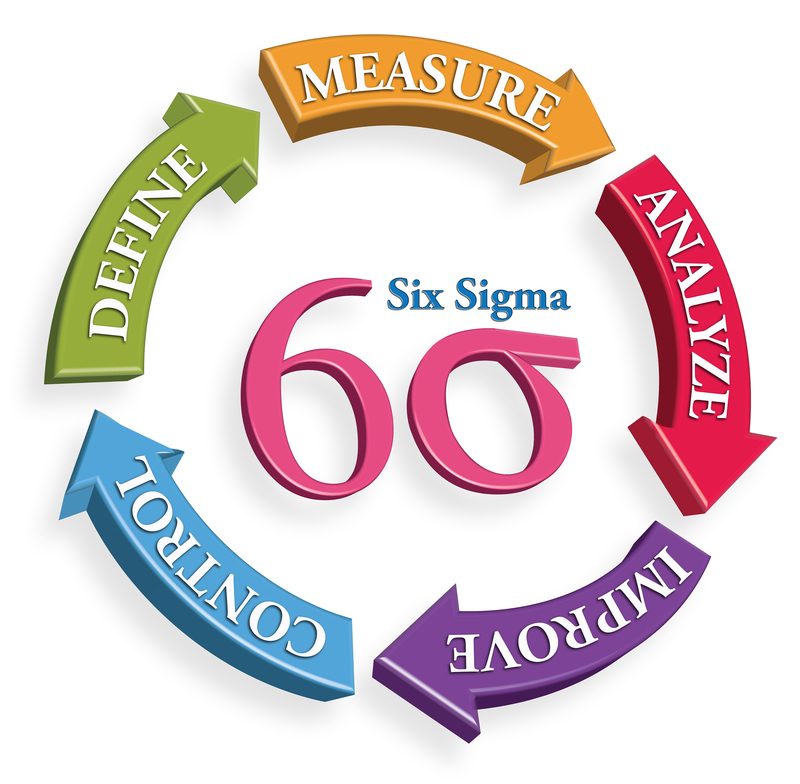
DMAIC, which stands for Define, Measure, Analyze, Improve and Control, presents organizations with a data-driven, customer-focused approach to process improvement. Each letter is a phase, and it must be completed in sequential order before moving on to the next one. However, there is still confusion on when exactly the method should be used.
When looking at a complex or high-risk issue with a process, bring out the DMAIC. The method has seen a great degree of success because it ensures that no critical process improvement steps are skipped. That means when looking to increase customer satisfaction or your bottom line or get rid of bottlenecks from time to time, the DMAIC is a no-brainer.
2 Ways DMAIC is Implemented
Another thing that causes confusion is how the methodology is used. For that, there are two major ways.
1. Team Approach
This is where the team leader is well-versed with the method and its tools. The team members still perform their regular duties in the organization while working on the project part-time. The leader, however, can be working on multiple long-term projects at any given time for months on end.
2. Kaizen
If the team approach isn’t for you, then Kaizen is next. Here, the DMAIC steps are usually carried out in a single week. The organization appoints a specialist to help with the process improvement, particularly in the first two phases. After those are complete, the organization organizes a team of people to focus on the rest of the phases until the Kaizen is complete.
Usually, improvements are given a trial run during the Kaizen before they are fully implemented. During the trial run, the impacts of the improvements are monitored carefully, even if the outcomes aren’t particularly good. This allows the team to course correct rapidly before finalizing everything.
Why Control is the Most Important Phase
The biggest challenge that teams often face, even after the improvements produced the desired results, is the difficulty of smoothly implementing the process in its improved state. Time is of the essence here, so there’s pressure to act, but this forces the team to forego any semblance of smoothly transitioning the gains. This makes sustaining the results challenging as well, considering the people haven’t really had the time to buy into the changes – there may even be resistance.
During the Control phase, the team suggests an implementation strategy that will lead to long-term gains. Basically, the team members come up with a set of standard operating procedures that will guide all future process improvement endeavors. That way, results are measured on a constant basis to ensure that all beneficial changes don’t revert to their previous state, and any potential problems can be handled proactively. This is essentially where the plan for continuous improvement is set in motion.
Conclusion
Knowing when and how to use the DMAIC method is key to ensuring that your process improvement efforts are successful. Not only that, but it also ensures that they are standardized for future process improvement projects and that the results are sustained through continuous improvement. As long as the problem is complex and high-risk, you shouldn’t think twice about using the DMAIC method.








No responses / comments so far.